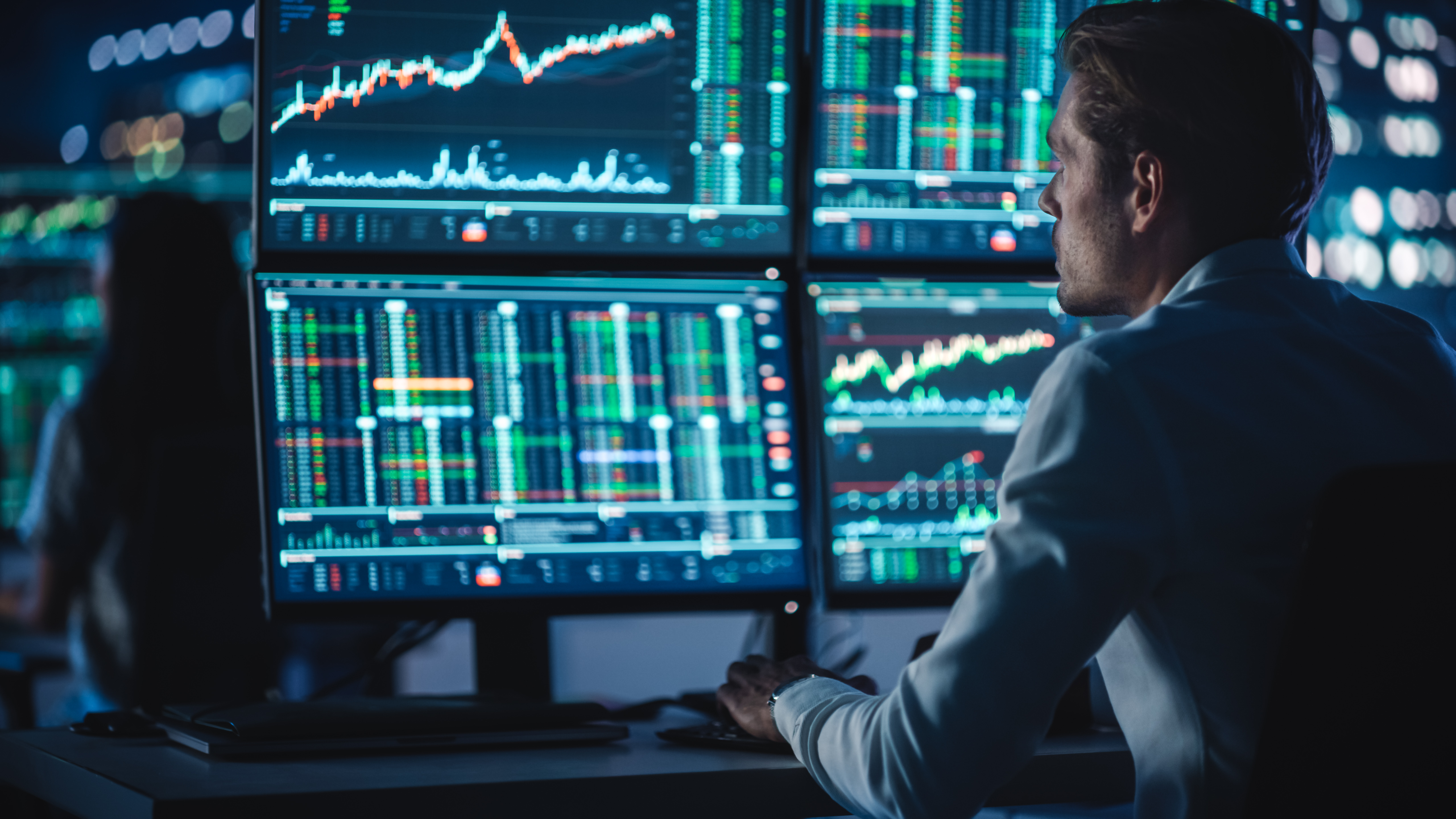Should You Buy Ripple (XRP) Right Now?
Crypto investors are hoping that XRP can regain its mojo in the final months of 2025.
XRP (XRP 0.70%) has already displayed its explosive upside potential during the past 12 months. In the period from November 2024 to January 2025, XRP — the crypto token created by Ripple Labs back in 2012 — skyrocketed by a head-spinning 580%. Then, this summer, it nearly doubled in value, from $2 to $3.65, in a span of mere weeks.
But here’s the problem: Ripple (XRP) is once again languishing under the $3 mark, and is now in the red during the past 30 days. Can the world’s fourth-largest cryptocurrency regain its mojo in 2025, or is it time to look elsewhere for other high-octane alternatives?
Image source: Getty Images.
Hype vs. reality for Ripple (XRP)
From my perspective, the biggest problem with XRP is that it has failed to live up to its advance billing. Nearly every quarter, there’s some amazing new catalyst that is supposed to send the price of XRP soaring to the moon.
This year, for example, there has been considerable discussion about the XRP-powered blockchain (known as the XRP Ledger) eventually replacing or integrating with the incumbent SWIFT payment network for cross-border bank transfers. According to this line of thinking, SWIFT is running on 50-year-old technology that’s slow, clunky, and badly in need of a replacement. In contrast, XRP offers near real-time settlement of payments, and is considerably cheaper.
In theory, if the XRP Ledger captures even a tiny fraction of the cross-border payment market, it could result in the value of XRP soaring. After all, the SWIFT network sees nearly $150 trillion in transaction volume each year. Earlier this year, Ripple executives suggested that the XRP Ledger might capture as much as 14% of this market within the next five years, or roughly $21 trillion in transaction volume.
That’s the hype. The reality is that stablecoins are arguably much better and much more efficient than XRP at accomplishing the same task. After all, XRP is really just a bridge currency. It’s a currency that banking institutions use to convert from one currency to another. So there’s always a certain amount of exchange risk when using XRP, given that its value can swing wildly. Banks don’t have the same problem with stablecoins, which are pegged 1-to-1 to the U.S. dollar, and are designed to preserve their value.
What is XRP’s true upside potential?
Unfortunately, all the hype and buzz surrounding XRP makes it difficult to forecast its true upside potential. It’s not uncommon to see price estimates for XRP that project it becoming a $10 token within the next few years.
For example, earlier this year, Standard Chartered unveiled its three-year price forecast for XRP. The bank sees XRP rising to $12.50 by the end of 2028. However, if you dig deep into the numbers, it’s easy to spot a few flaws.
Most importantly, Standard Chartered thinks XRP is going to hit a price of $5.50 by the end of this year. Given its current price of about $2.80, that implies a near-doubling in value within a period of three months. Moreover, it assumes that XRP will trade higher than $4 — something that it has never done in its 13-year history.
Don’t ignore XRP’s coin supply
Keep in mind, too, that XRP’s enormous coin supply is driving much of its current market cap. The current circulating supply of XRP is 60 billion coins. Thus, even if the price of XRP fell to $0.50 (which is where it was trading back in November 2024), it would still rank among the top 10 cryptocurrencies, with a market cap of $30 billion.
Simply put, XRP’s coin supply of 60 billion leads to a vastly inflated market cap that could be misleading for investors. By way of comparison, the total lifetime supply of Bitcoin (BTC 0.20%) is capped at just 21 million coins, and the current supply of Ethereum (ETH 0.36%) is just 120 million.
Of even more concern, Ripple insiders control an estimated 40% of the coin supply. That’s an extreme concentration of ownership for a digital asset that is supposed to be decentralized. Any selling by these insiders could tank XRP’s price, as we saw earlier this summer, when a single Ripple insider dumped 50 million XRP.
Time to buy XRP?
For these reasons, I’m extremely hesitant to buy XRP right now. Instead, I’m looking elsewhere for high-potential alternatives. There are plenty of bargain-basement cryptos priced for less than $5, and some of them — such as Sui (SUI -1.77%) — arguably have even more upside potential than XRP right now.
Although XRP may have plenty of upside potential over the long haul, it’s hard to see XRP going on another epic rally during the final three months of the year. As long as Bitcoin remains mired in a slump, making it unlikely the entire sector heads higher, the breakout potential of XRP probably is limited.


